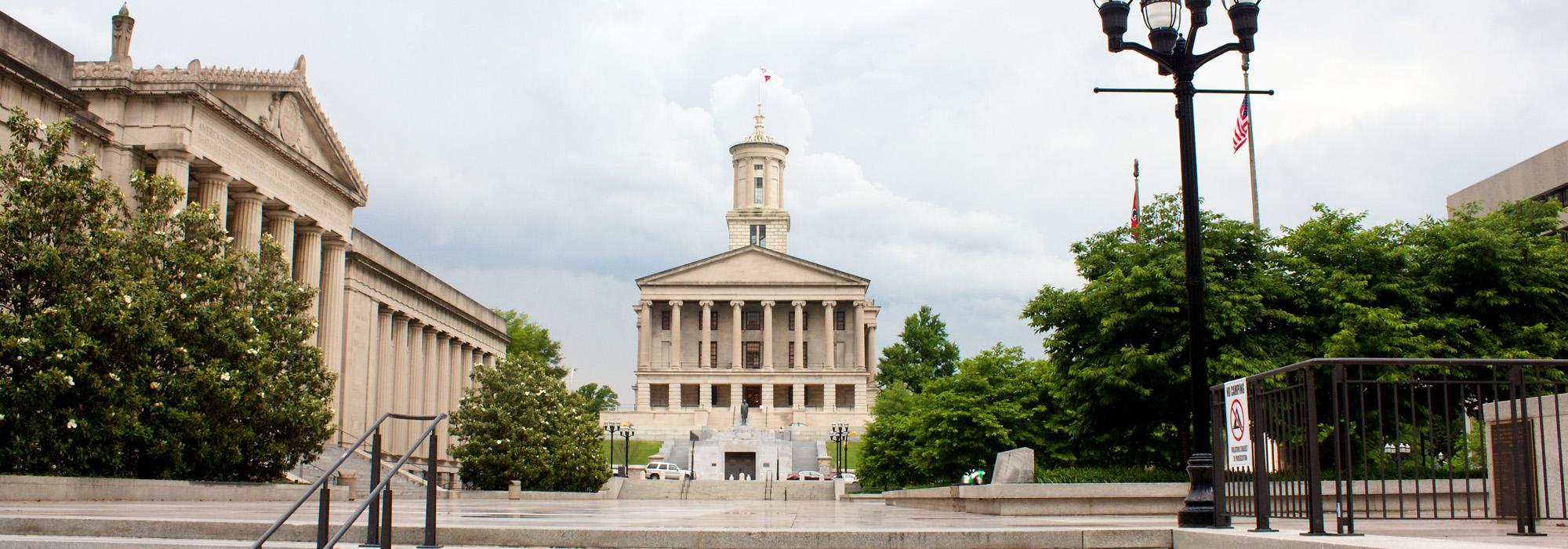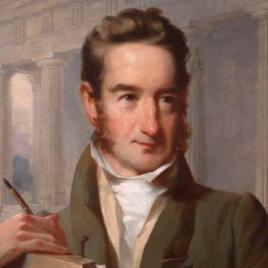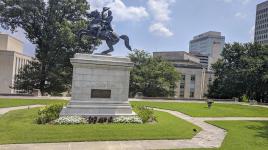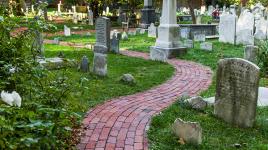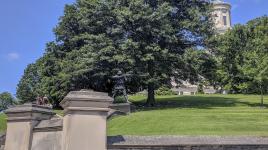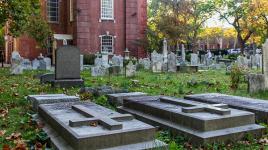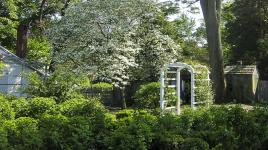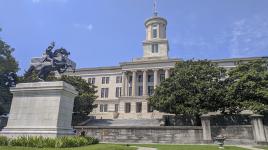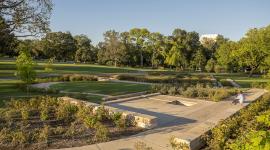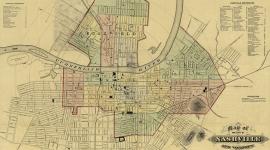Pioneer Information
Born in Navesink, New Jersey, Strickland moved with his family to Philadelphia in 1790 and apprenticed with Benjamin Latrobe in 1803, from whom he learned architecture and engineering. Parting ways with Latrobe in 1805, Strickland received a commission for the Masonic Hall in Philadelphia in 1808. After working as an engineer during the War of 1812, he won the design competition in 1818 for the Second Bank of the United States, which he conceived as a Greek Revival building fashioned after the Athenian Parthenon. He served as the supervising architect for the U.S. Naval Asylum in Philadelphia from 1826 to 1829, followed by an appointment as architect for the U.S. Mint in Philadelphia. Strickland lost the commission for Philadelphia’s Laurel Hill Cemetery to landscape gardener John Notman in the 1830s. Strickland designed a memorial to Benjamin Carr, which was installed at St. Peter’s Church and Burial Ground in Philadelphia. The Tennessee State Capitol proved to be Strickland’s last major commission. He became the architect for the Capitol in 1845 and spent the next eight years in Nashville, where he also designed several country estates. Strickland was elected to the American Philosophical Society and the Franklin Institute and was also a member of the Pennsylvania Academy of Fine Arts. He trained Thomas Ustick Walter and Gideon Shyrock, both of whom would further the cause of Neoclassical architecture in America. Strickland died from injuries sustained from a fall while in Tennessee and was interred there in the Capitol.



